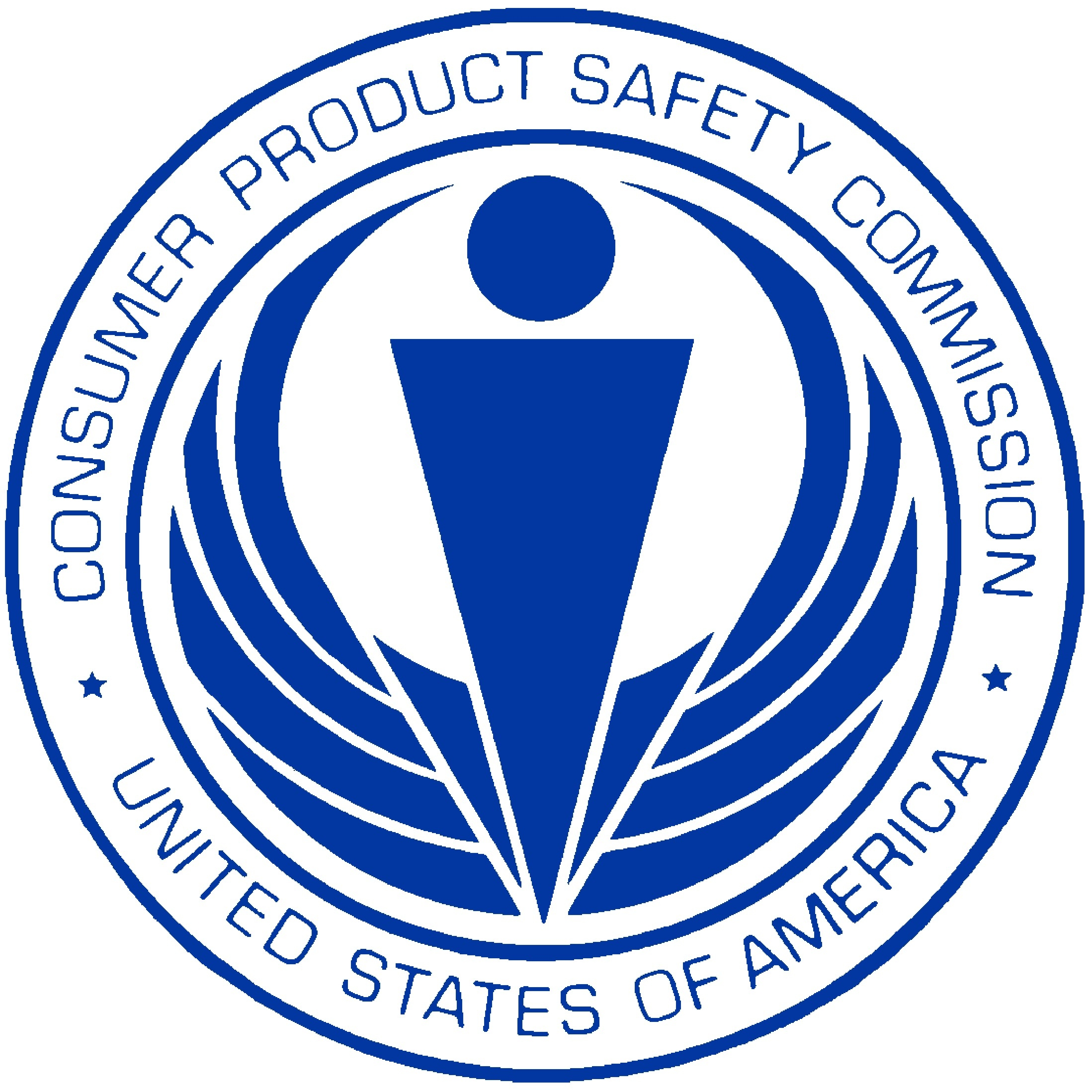
United States
Consumer Product Safety Commission
4330 East West Highway
Bethesda, Md 20814
Acting Chairman Ann Marie Buerkle
The Office of the Governor
Dear Governor:
I am writing to seek your assistance in protecting consumers in your State from a serious hazard associated with residential elevators. Specifically, some elevators installed in your jurisdiction may have excessive space between the elevator car door/gate (car door) and the hoistway or swing door (hoistway door). In some installations, the space between the elevator car door and hoistway door is large enough to allow children to fit between the closed doors. If a child becomes trapped in the space when the elevator is called to another floor, the child may be dragged inside the hoistway and crushed against the next floor’s sill. The U.S. Consumer Product Safety Commission (CPSC) staff is aware of a total of nine (9) incidents associated with this product, including five fatalities involving entrapments between car and hoistway doors of residential elevators and a sixth where a toddler was trapped beneath the elevator.
The current version of the relevant safety standard, ASME A17.1-2016 Safety Code for Elevators and Escalators, limits the space between the car door and hoistway door to less than four inches. When reviewing a petition for a federal standard in 2017, the Commission concluded that the 4-inch standard would adequately address the risk of injury and would be widely complied with. However, more recent information indicates that some States have not updated building codes to incorporate the 2016 standard, and other States are not inspecting residential elevator installations to ensure that the relevant standard is being adhered to.
Last week I issued a safety alert to consumers about the hidden hazard of residential elevators. For our part, CPSC will continue its investigations into this matter. Given the critical role of installers on the safety of this product, we are asking for your help in reviewing your requirements and procedures, to ensure that residential elevators are installed correctly and do not have a hazardous gap.
Should you have any questions on this matter, please feel free to contact my Acting Director for the Office of Hazard Identification and Reduction, Duane Boniface, at (301) 504-7671 or at dboniface@cpsc.gov. I thank you in advance for your assistance with this matter
Sincerely,

Ann Marie Buerkle
Acting Chairman
